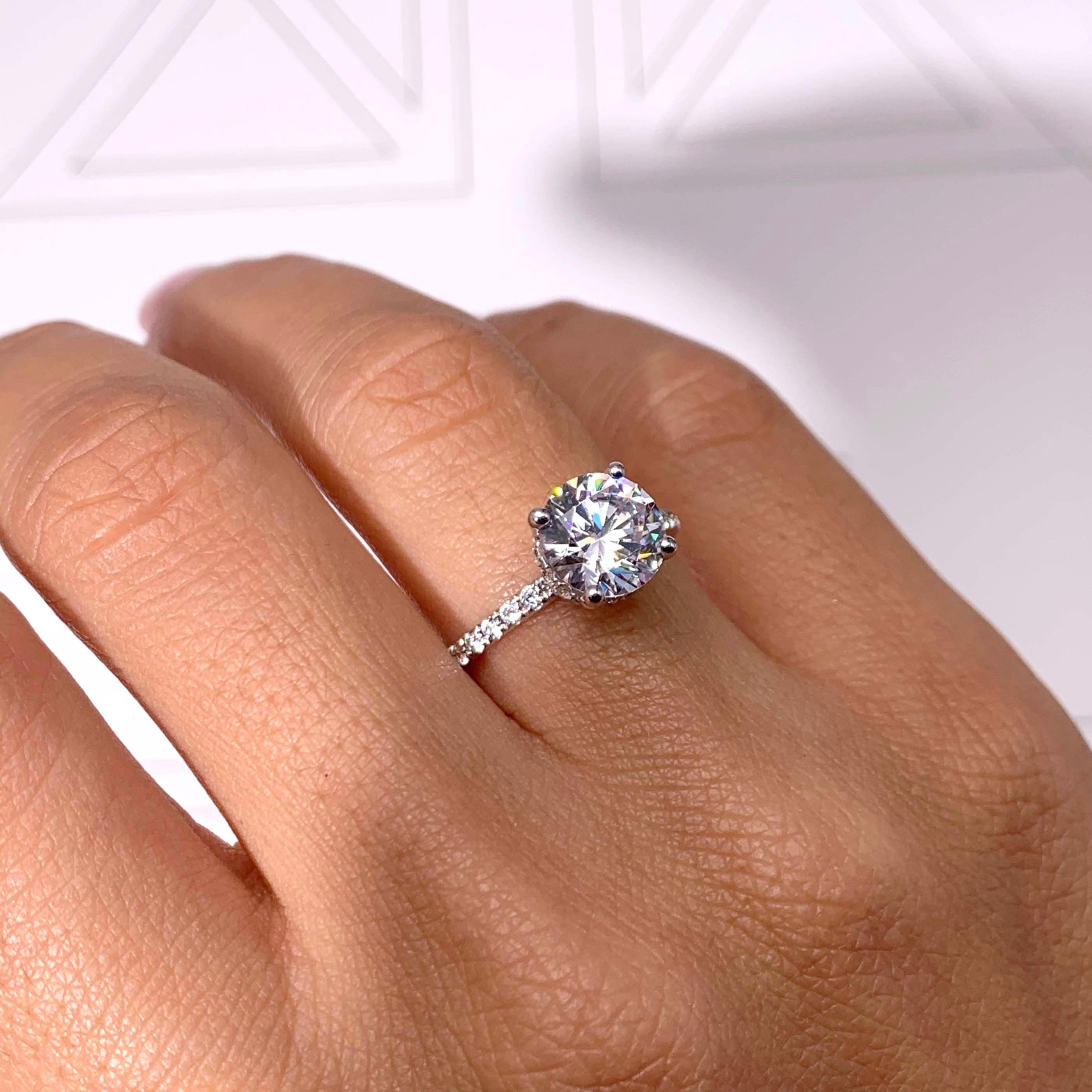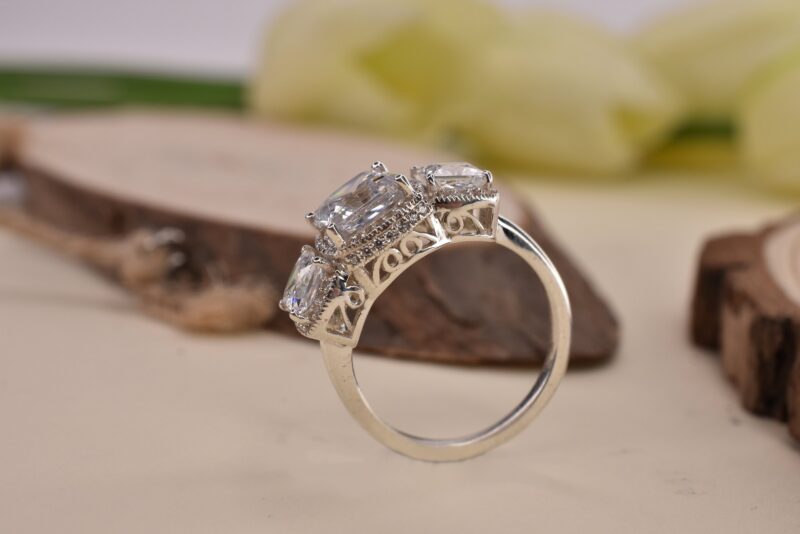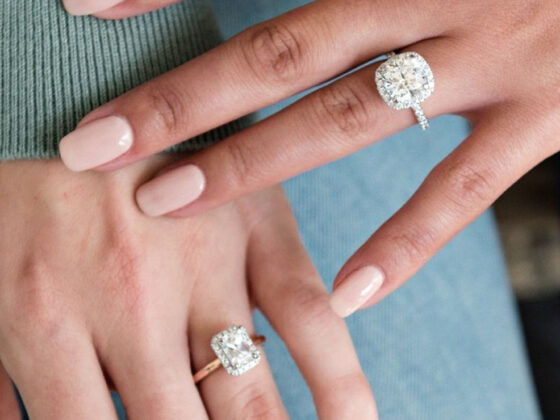Engagement rings have long been a symbol of everlasting love and commitment. As technology progresses, the traditional diamond engagement ring is being challenged by lab-made diamonds. These man-made gems are becoming increasingly popular due to their ethical production and aesthetic appeal.
In this article, we will explore the future of engagement rings by delving into the growing popularity of lab-made diamonds. We’ll examine why they are an attractive alternative to natural diamonds, as well as discover how they can be used in unique ways to create an even more meaningful proposal experience.
An Overview of Lab-Made Diamonds
Lab-made diamonds, also known as synthetic or cultured diamonds, are an increasingly popular choice for engagement rings. They offer a range of benefits that traditionally mined diamonds do not, including affordability and environmental sustainability. In this article, we will explore the growing popularity of lab diamonds uk, highlighting how they compare to their natural counterparts in terms of quality and cost. Well also discuss the different types available and what potential buyers should look out for when choosing a diamond.
Lab-made diamonds have come a long way since their introduction in the 1950s, with modern technology paving the way for high-quality stones at lower prices than ever before. While these man-made alternatives still cannot match the rarity of natural gems, they are becoming increasingly popular due to their increasing level of sophistication and affordability – two factors that many brides value highly when it comes to selecting an engagement ring.
Furthermore, with no mining involved in their production process lab-made stones can be seen as more ethical choices compared to those sourced from mines around the world; reducing our collective impact on our environment by avoiding wasteful practices such as water usage and land degradation associated with traditional methods of diamond extraction. Finally, we’ll explore why some couples may opt for a lab-created stone over one found naturally occurring underground – whether its because they’re looking for something unique or simply want something more affordable than other options available on today’s market – before offering up some final advice on how best to choose your perfect diamond!
Benefits of Lab-Made Diamond Engagement Rings
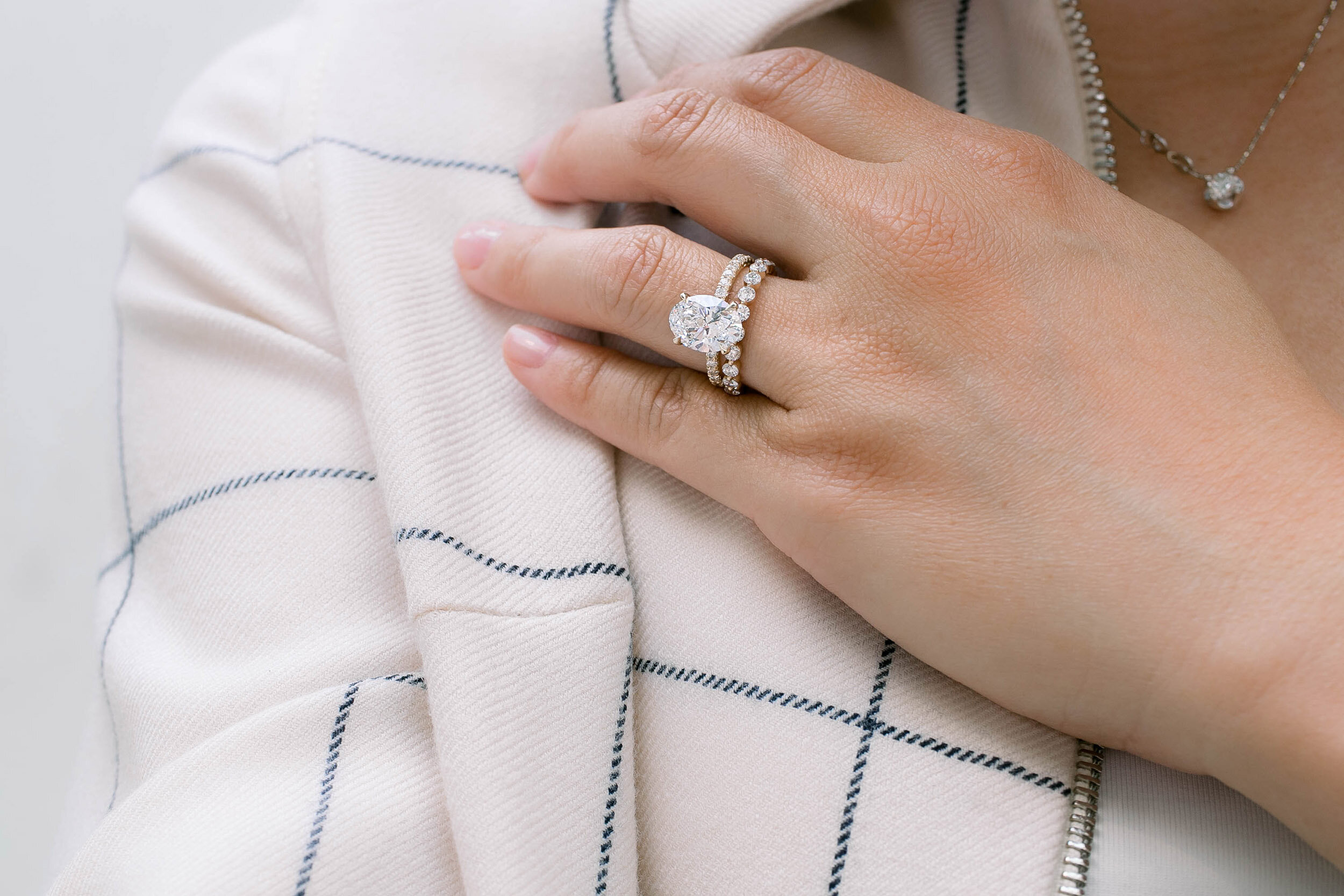
Lab-made diamond engagement rings offer couples the best of both worlds – a stunning piece of jewelry with the same sparkle and brilliance as natural diamonds, but without the hefty price tag. When it comes to purchasing an engagement ring, many people are drawn to lab-made diamonds due to their affordability. In addition, they don’t have any of the ethical concerns associated with mined diamonds, such as human rights violations or environmental damage.
Lab-created diamonds also require far less energy in production than mined stones, making them better for our planet and more sustainable. Couples can save even more money by choosing a lab-grown diamond over a traditional one because there is no middleman involved in its creation; instead, these stones are produced directly by manufacturers who pass on their savings directly to consumers. Furthermore, customers can select from different types of cuts that were not available before when exclusively looking at physical stores for their stone selection.
For example, princess cut lab-made diamonds provide a modern spin compared with classic solitaire options while still maintaining a timeless feel coveted by many engaged couples today. Last but not least, shoppers have access to all sorts of customization options when selecting a lab-created diamond ring versus one sourced from mines—from color variations like pink or blue tones (which are not typically found in nature) and unique shapes like hearts or stars that may be hard to find otherwise—allowing individuals more creative freedom when designing their dream engagement rings
The Growing Popularity of Lab-Made Diamonds
In recent years, lab-made diamonds have become increasingly popular in the engagement ring market. Lab-made diamonds are chemically and optically identical to mined diamonds but without the environmental impact or large cost associated with traditional diamonds. They also allow greater customization options for couples looking to make their ring unique. The growing trend of lab-made diamond engagement rings has been driven by a variety of factors.
For many couples, it’s an environmentally conscious decision that allows them to stand out from the crowd while still getting a beautiful and durable stone for their special day. Couples can even personalize their rings further by choosing from an array of colors and clarity grades available in these man-made gems. The affordability factor is another major draw; due to advances in technology, lab-created stones are typically 30%-40% cheaper than natural diamonds yet maintain all the properties that make them such desirable choices for jewelry pieces like engagement rings.
The popularity of lab-made diamond engagement rings is also on the rise due to changing tastes among younger generations who prioritize quality over quantity when making purchases – something that naturally lends itself perfectly to this type of stone. With more flexible purchasing options, customizability, and unparalleled value compared to mined stones, it’s no surprise why so many people today are turning towards lab-created gemstones as they set out on one of life’s most important milestones – finding the one.
Dispelling the Myths Around Lab-Grown Stones
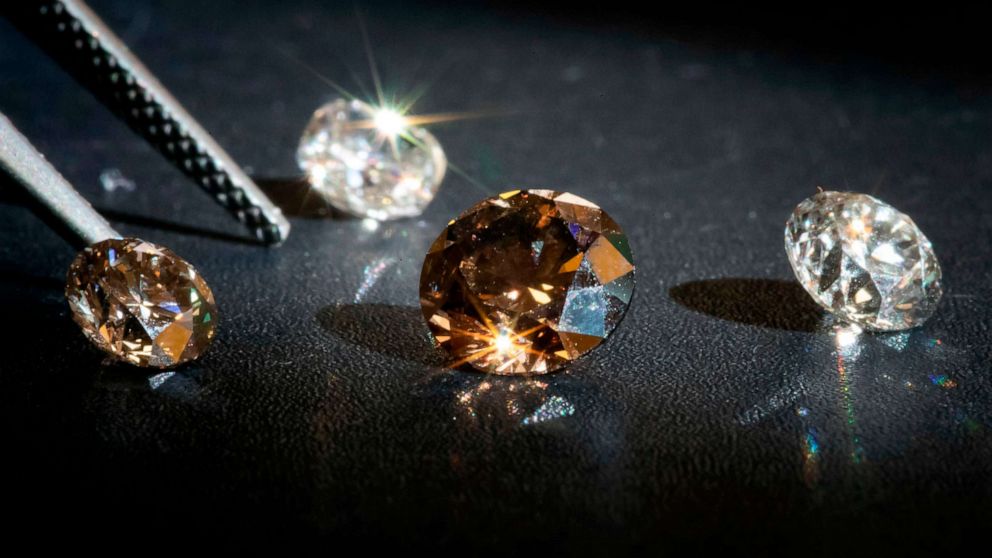
The idea of lab-grown diamonds has become increasingly popular over the years, with more and more people turning to these alternatives for their engagement rings. Despite this growth in popularity, there are still many myths surrounding lab-made stones. Let’s take a closer look at some of the common misconceptions and dispel them once and for all. One popular myth is that lab-made stones are not as sparkly or beautiful as real diamonds – but nothing could be further from the truth! Lab-created diamonds have just as much shine and brilliance, often appearing brighter than mined ones due to their perfectly symmetrical cut. Some jewelers argue that they can even outperform natural diamonds in terms of clarity and color! Another misconception is that laboratory-grown stones lack authenticity or value compared to mined ones – yet again this couldn’t be any less true.
These man-made gems are just as authentic (if not more so) because they come with certified reports detailing their characteristics such as carat weight, clarity grade, cut grade, etc., which guarantee their uniqueness. Plus they also retain comparable levels of monetary worth too – making them an excellent choice if youre looking for a cost-effective alternative without sacrificing quality or beauty! Finally let’s address the assumption that buying a lab-grown diamond means youre compromising on ethical values – quite simply put: no way José!
Not only do synthetic ring options help reduce demand for earth-mined gems (thereby helping protect our planet’s resources), but your purchase will typically go through fewer hands ensuring better traceability throughout the production process meaning greater transparency when it comes to conditions involved in crafting your stone. So there we have it: three key myths debunked about purchasing a laboratory-created diamond ring – hopefully, now you’ll feel reassured knowing exactly what goes into creating these stunning pieces of jewelry fit for special occasions like engagements!
How to Select a Quality Lab-Created Diamond Ring
For many couples, selecting a diamond engagement ring is an exciting and important decision. With the growing popularity of lab-created diamonds, more people are turning to them when choosing their perfect engagement rings. Lab-made diamonds offer stunning beauty and represent an ethical choice for those who want to avoid conflict diamonds or the environmental damage caused by traditional mining. When selecting a quality lab-created diamond ring, several factors should be taken into consideration such as cut, clarity, color, and size – all of which affect the overall appearance of your chosen stone.
When it comes to cutting, look for maximum brilliance in your stone; this is achieved through precise angles that reflect light evenly throughout the diamond. The clarity grade shows how free from blemishes or inclusions a diamond is; if youre looking for something with no visible imperfections opt for one graded either FL (Flawless) or IF (Internally Flawless). Color grading is also important when selecting a lab-created diamond: D being perfectly colorless and Z being heavily tinted yellow/brownstones with higher grades will appear brighter than those lower down on the scale.
Finally, don’t forget to consider carat weight – although this doesn’t necessarily equate to larger size due to its depth within its setting – but do bear in mind that bigger isn’t always better! By taking these factors into account when shopping for your dream engagement ring you can ensure that you select only the finest quality lab-created diamonds available today.
